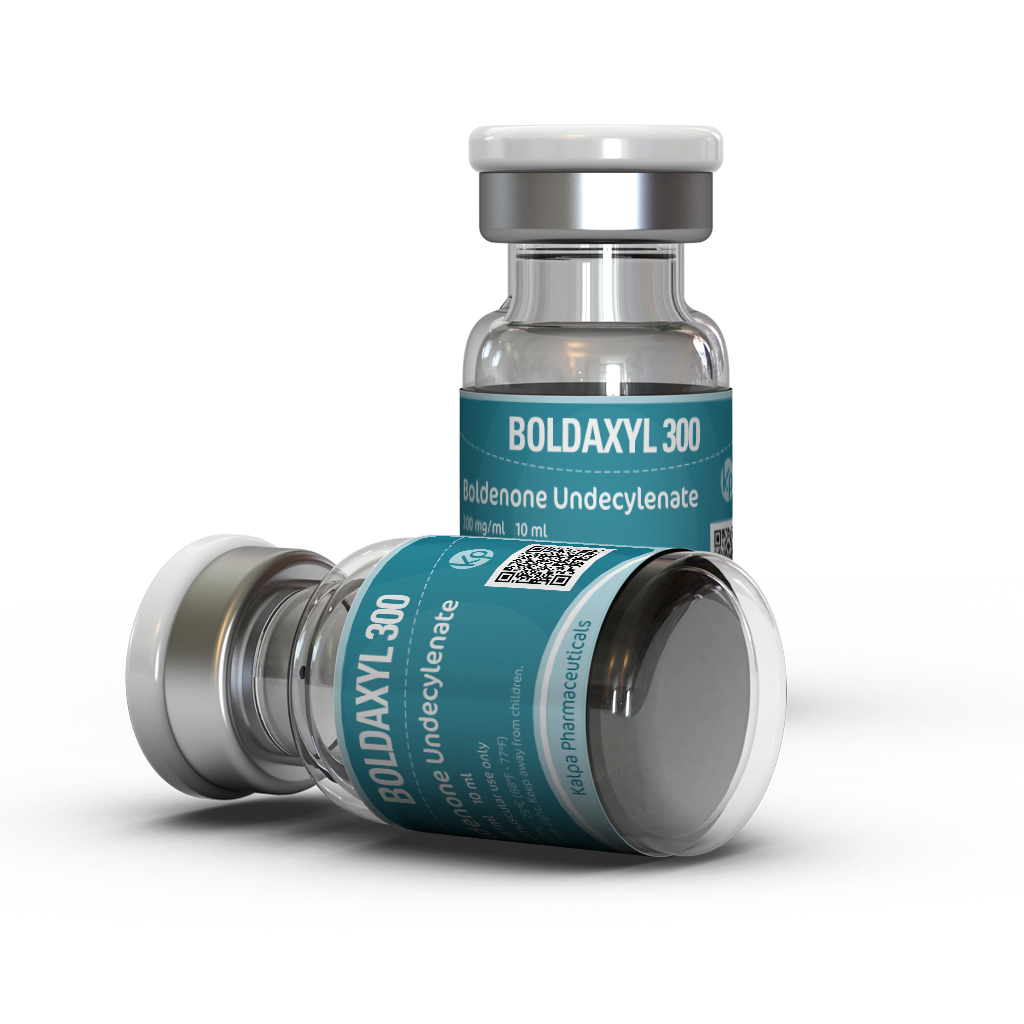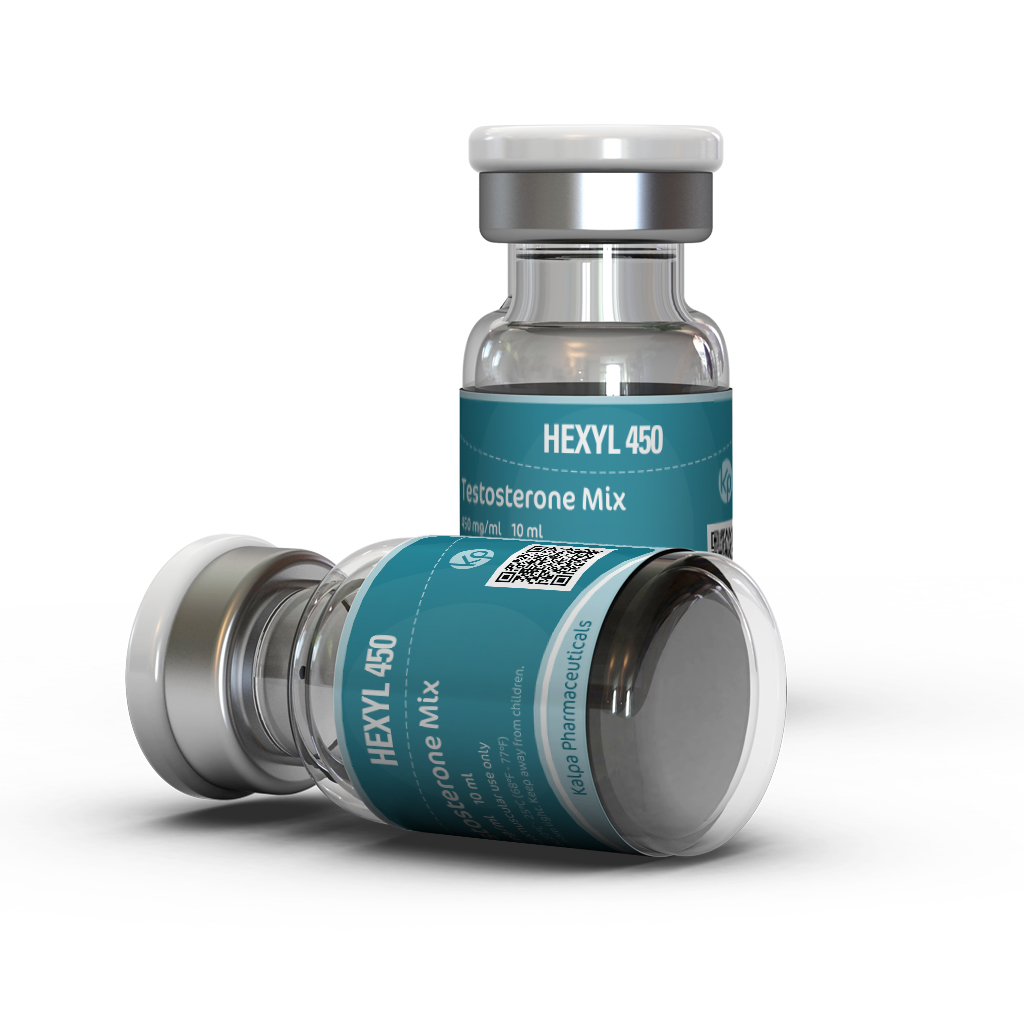Stretching the tape at an incredible 58″, Arnold Schwarzenegger’s chest had it all: size, shape, balance and definition. When he hit a side chest pose, his pecs arched so high that a glass of water could rest atop them. When he crunched into a most-muscular shot, they split into four discernible masses–right and left upper and lower pecs–each raked with myriad striations and crisscrossed by snaking veins. Supporting this sinewy armor plate was a rib cage that seemed to have been designed more for a silverback gorilla than a man.
Over the past 30 years, bodybuilding fans have witnessed tremendous. growth in their sport–not only in the number of participants and ever-increasing popularity with the public, but in the size of its competitors, as Well. Backs have become broader, thighs more massive and sweeping, triceps thicker and more striated. As with disciplines ranging from technology to medicine to architecture, the passage of time has brought to bodybuilding new levels of excellence in both practice and form. With highly refined training techniques and dietary principles, IFBB pros can now, develop physique s that, 30 years ago, would have been unfathomable to most bodybuilders.
Of course, Arnold Schwarzenegger wasn’t “most” bodybuilders. In the 1970s, he developed a chest that, today, could still eclipse that of any monster. In fact, in every Best Bodyparts poll FLEX has conducted over the past few years, Arnold’s thoracic region is still voted by the foremost authorities on the subject–you, our readers–as being the, best of all time by a country mile.
In large part, the majesty of, Arnold’s chest along with, that of his vaunted arms, propelled him to seven Mr. Olympia titles (1970-75 and 1980). Yet, as familiar as we may be with the voluminous photographic documentation of his mighty torso, one question remains as pertinent now as it, was during his competitive heyday: How did he build it; what was the exact workout Arnold Schwarzenegger used to develop what is arguably the best chest of all time?
THE EVOLUTION
To better appreciate Arnold’s ultimate chest-blasting routine, the one he devised in response to the greatest challenge of his bodybuilding life, it-is helpful to take a brief look at his bodybuilding roots and the routine he first employed to build the raw mass from which he would later sculpt his masterpiece.
From beginning bodybuilding a 15-year-old in 1962, Arnold valued the importance of a massive sculpted chest. It is not insignificant to note that his primary source of inspiration at the tune was pictures of Reg Park he had clipped from the pages of MUSCLE BUILDER magazine (the forebear to MUSCLE & FITNESS). Winner of three Mr. Universe titles over a span of 14 years (1951; ’58 and ’65), Park was the prototype for the giants we sec onstage today.
“He had both a huge rib cage and enormous pectorals, and every time I saw his famous side chest shot, I knew that I wanted to soon be as good in the same pose,” recalls Arnold. Park stood 6’2″ and weighed 230 pounds. His unprecedented size; particularly that of his tree-trunk thick upper torso, gave young Arnold a lofty goal to shoot for.
Ever the diligent student, Arnold analyzed his idol’s chest development the way a, geneticist might examine a string of nucleotides and determined that there were three distinct features that, when viewed as a whole, accounted for Park’s pectoral prosperity. First, the muscles themselves were just plain large: thick, wide and high. Second, his pectoralis major (the lower portion) and pectoralis minor (the upper portion) groups were balanced with one another in a way that gave his chest a proportionate squared-off look rather than the rounded sagging appearance typical of those who focused too heavily on flat benches and not enough on inclines. Finally, supporting Park’s pecs was a voluminous rib cage, the biggest in the sport at the time.
With the Park template clearly etched in his mind’s eye, Arnold developed a basic routine (see “Early Chest” sidebar) that enabled him to pack on as much quality mass as possible without too much concern for detail.
Arnold worked hard and he worked heavy, hitting his chest three days a week and would often work his back on the same day, relishing the feel of a fully pumped upper body at the end of the workout. (Schwarzenegger employed a six-days-on/one-day-off double-split routine throughout much of his professional career. See “Doing the Double Split” sidebar for details.) The results of this no-nonsense routine were quick and dramatic. After five years on this regimen, Arnold’s chest swelled from a sunken 39′ ‘to a whopping 58’–a 19″ gain! In addition, it was through this routine that he worked his way up to an unassisted 500-pound bench press.
By the early 1970s, Arnold had developed the largest muscular chest the world had ever seen, but he knew from firsthand experience that bigger wasn’t always better. It was in 1968 that huge but relatively smooth Arnold had lost the Mr. Universe title to polished and defined Frank Zane, some 60 pounds lighter. That defeat was an early lesson that the quality of one’s muscle development is as important as the quantity when it comes to competitive bodybuilding.
If the challenge Zane presented, in 1968 was an eye-opener for Arnold, the battle he would face in 1972 would cause him to rethink his training game plan and, in the process, design the ultimate chest workout.
THE REVOLUTION
When Joe Weider recited to two-time defending Mr. Olympia Arnold Schwarzenegger the names of the athletes scheduled to challenge him in the 1972 competition, it sounded like a roll call for a bodybuilding hall of fame: Sergio Oliva, Franco Columbu, Frank Zane and Serge Nubret. Arnold knew it would be by far his toughest challenge to date and realized that he would have to take his physique to a new level to remain the king of the hill.
“After talking things over with Joe,” Arnold recounts, “I decided that what I needed was a workout program that would allow me to work each muscle group to the limit to force growth and definition to improve simultaneously.”
Remembering the tremendous results he experienced from training his chest and back together, and armed with a higher education of Weider principles such as supersets and super flushing, the 25-year-old had an epiphany: He would train his chest and back together as one giant superset!
As Arnold explains it, “There are several advantages to alternating chest and back exercises.
* It saves time and the, workout goes much faster.
* You can handle heavier poundages for more mass power.
* You get a greater pump and a continuous flushing effect of both areas for the entire workout. You keep the pump longer.
* Greater muscle density results because you are able to work to the absolute limit of your physical capacity.”
Arnold continues, “One of the most important reasons why a chest-back superset program works so well is the fact that most chest exercises are pushing movements, while all back exercises are pulling exercises. Thc chest muscles are resting during the last exercise and the lats are resting during the chest movement. While each muscle is alternately resting and working, it stay’s fully flushed and pumped up…. When the chest and upper back are pumped simultaneously, there is an indescribable feeling of growth stimulation and massiveness.”
For the routine he eventually devised, see the accompanying chart, “Arnold’s All-Out Chest-Back Workout.”
Here’s a synopsis, complete with some of Arnold’s thoughts about each of the pec exercises he used in this training regimen and how he employed them.
EXERCISE 1: Barbell Bench Presses
Arnold would first warm up for this favored exercise with 135 pounds for a quick 30-40 reps to get the blood flowing and the joints loose. Then he would immediately head for a chinning bar, knocking out 15 wide-grip behind-the-neck chins before heading back to the bench, adding a pair of 45s to the bar and pumping out 20 more reps. After a second set of chins, he’d load the bar with 275, perform 15 more reps and then jump back to the chinning bar. And so it went, with weight/rep combinations of 315 for 12, 365 for eight and 405 for six, all superset with chins, all done without rest. Arnold always consciously took very deep breaths while doing this and all of his chest exercises. “In addition to massing up the pectorals, the heavy breathing also encourages rib cage expansion.”
EXERCISE 2: Incline Barbell Presses
“This movement is unsurpassed as a builder of the upper pecs.” With his pecs now fully warmed up, he would jump right to 225 pounds for an initial 15 reps; again concentrating on deep breathing as well as flexing his pecs throughout the movement. Alternating each set with T-bar rows, he would progress in 20-pound increments as follows: 245 x 12, 265 x 12, 285 x 10 and 305 x 10. By this point, Arnold’s pecs and lats would be flushed with blood.
EXERCISE 3: Flat Dumbbell Flyes
“Here is a great exercise to shape up the outer sections of the pectorals and that, when performed correctly, also opens up the rib box and helps to deepen the chest.” A master of technique, Arnold perfected this difficult movement as no one else ever had. He often described the motion of the flye as “hugging a tree.” Lying back on a flat bench, with arms slightly bent, he would take a huge breath and slowly lower
the dumbbells out and away from his torso, so low that they would practically touch-the floor. Then, with a mighty exhalation, he would raise them back through the same arc, all the time squeezing his pecs. What set Arnold’s technique apart from that of nearly everyone else was his form at the top of the movement. As the tension on his pecs would begin to decrease near the movement’s end, he would stop his motion, with the dumbbells remaining 10-12″ apart. He realized that anything beyond that was wasted movement having no impact on his pecs. Nevertheless, by employing the Weider Peak Contraction Tr aining Principle, he would forcibly contract this pecs at this point before lowering the weights again. He would start with 65-pound dumbbells for, 15 reps, then jump to 75s for 12, followed by three sets of 10 with 85s. Each set of flyes would be superset with barbell rows.
EXERCISE 4: Parallel Bar Dips
Dips, Arnold felt, carved a clean line at the bottom edge of his pectoralis major like no other exercise. With an 80-pound dumbbell strapped to his waist, he would prop himself up on dipping bars and then slowly lower himself to a point where his hands nearly touched his armpits. Lie then exploded back up, all the time making sure to synchronize his breathing to the pace of the movement–inhale on the way down, exhale on the way up. He’d blast out 15 reps and then perform a set of close-grip chins for each superset. “By the time I get to the fifth set, the pecs and lats are totally engorged with blood and I have such a colossal pump that the muscles feel like they are going to burst through the skin!”
EXERCISE 5: Stiff-Arm Pullovers
With the, chest-back supersets out of the way, Arnold would complete the lifting portion of his workout with pullovers to stretch his pecs, lats and rib cage simultaneously. This exercise was always a staple of Arnold’s training and the one he considers most responsible for the overwhelming size of his rib box. Lying across a flat bench, he would grab a dumbbell of what he considered medium weight with both hands and extend it to arms’ length, keeping a slight bend in his elbows. From here, he would lower the weight in an arc down past his head while inhaling very deeply through his mouth, all the while making sure to keep his hips down, thus ensuring the greatest possible stretch. Despite a nearly incapacitating level of fatigue by this point, he would still manage to force out five, sets of 15 to 20 reps with a 90-pound dumbbell. Between sets, he would pause for about 30 seconds, during which time he would walk around the gym taking deep breaths while forcing his chest to its maximum point of expansion. “Yo u will not believe the ache in the sternum that this movement will produce! It literally pulls your chest apart and forces it into new growth.”
EXERCISE 6:
Iso-Tension Contractions
No matter what the bodypart, Arnold would always finish up his workout with an intense session of posing and flexing.
“I’ pose my chest by doing the side chest pose where the rib cage is fully expanded with the sucked in. I do this from waist both sides. Then I squeeze and crimp the pecs as hard as I can from all angles to bring out the height, thickness and shape. This not only gives me better control of these muscles, but it also brings out all the veins and muscular striations, which improves the definition.”
CELEBRATION
Finally, after a solid hour of this nonstop self-inflicted torture, Arnold would be drenched in sweat as if he had come in from a rainstorm.
His chest and back muscles would throb and ache. His breathing would be labored. To anyone else, this condition would prompt an immediate visit to the nearest emergency room. To the Austrian Oak, it was reason to celebrate.
“As I head for the shower, I feel exhausted but exhilarated, like a boxer who has just gone 15 rounds with the heavyweight champion and beaten him with a knockout in the final round!”
Of course, for this “boxer,” the opening bell would sound again in exactly 47 hours, at which time it was back for another 15 rounds. Yet, as unfathomably grueling as this routine might appear to the rest of us, the reward in performing it was, for Arnold, great indeed. After all, not everyone can lay claim to the title “The World’s Greatest Chest.”
It is fair to caution that although the routine outlined in this feature was used with great success by Arnold throughout the early to mid-’70s (as evinced by his 1972-75 Olympia form), it may prove too rigorous for most bodybuilders.
Of course, Arnold Schwarzenegger wasn’t “most” bodybuilders, was he?
ARNOLD’S ALL-OUT CHEST-BACK WORKOUT
Bench presses * 1 30-45
Bench presses 5 20-6 +
Wide-grip behind-the-neck chins 5 15-8 +
Incline barbell presses 5 10-15
T-bar rows 5 10-15
Flat-bench dumbbell flyes 5 10-15
Wide-grip barbell rows 5 10-15
(performed standing on a block
for better range of motion)
Dips 5 15
Close-grip chins 5 12
Stiff-arm pullovers 5 15-20
Iso-tension contractions
(finishing exercise)
* Performed as a warm-up.
+ Pyramid sets.
NOTE: Arnold took absolutely no rest between sets and exercises of the four supersets.
Post Footer automatically generated by Add Post Footer Plugin for wordpress.


